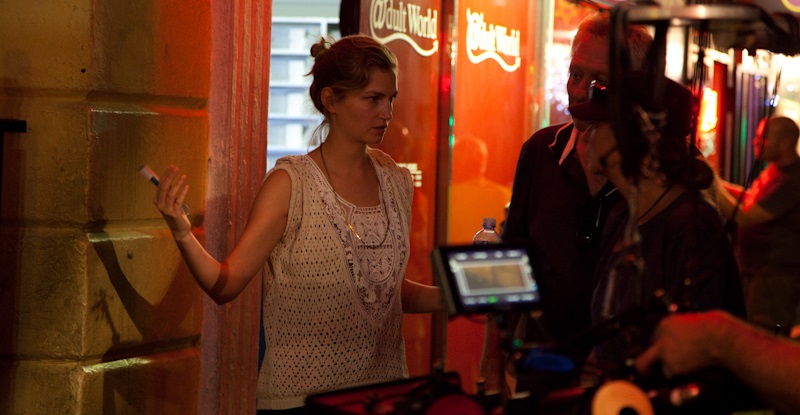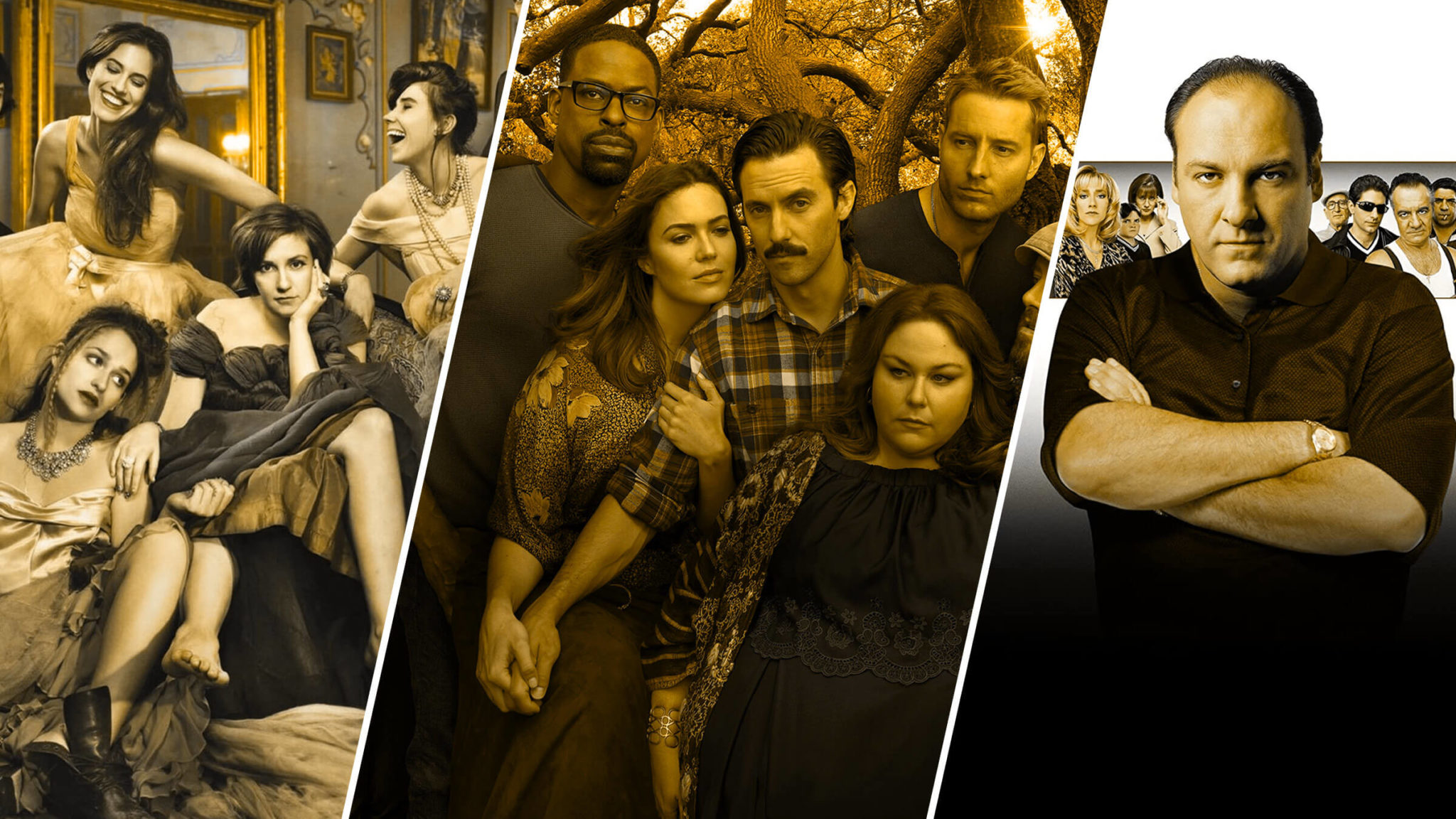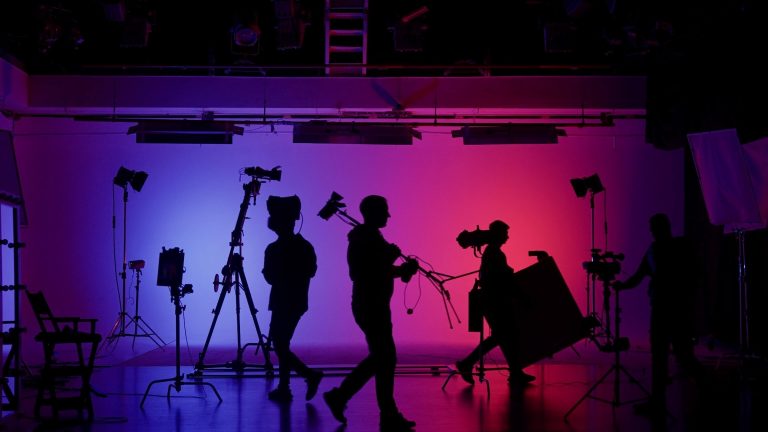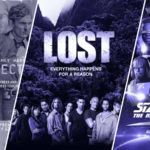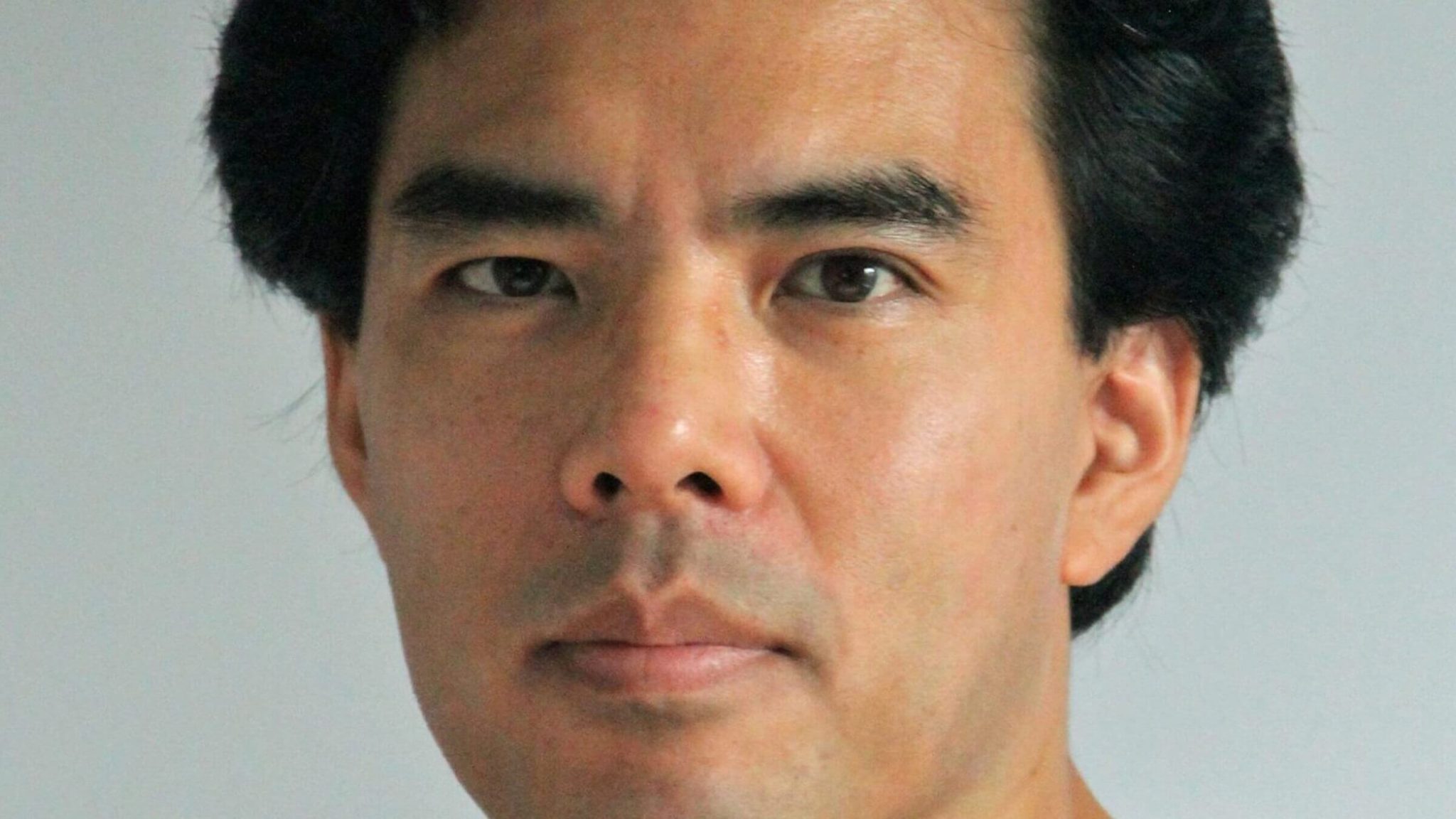ScreenCraft Interviews Short Film Fund Recipient Natasja Maria Fourie

Last year, ScreenCraft launched our inaugural short screenplay competition and we were stunned by the sheer quantity and quality of submissions received. It made us want to do more, both in terms of frequency and our ability to support. Short films can theoretically go through a much faster and more streamlined development process than is typically the case for features, however, short filmmakers still need — more than anything else — production funding and resources. ScreenCraft knew Bondit would be an ideal partner to launch a revolving production fund program with, and fortunately, they immediately sparked to the idea and joined us on the ground floor.
CEO and co-founder of BondIt Matthew Helderman stated, “We’ve been involved in the financing of over 200 feature films ranging from top-level directors to newcomers. Throughout our experiences we’ve often found that the best stories from the most exciting voices weren’t reaching the screen — so when the team at ScreenCraft approached us about putting together a program to discover new talent we were thrilled.”
ScreenCraft is specifically focused on identifying exceptionally distinctive short film projects and helping the filmmakers accelerate their pre-production timetables to begin shooting with all of the funding and production resources they need, which is why Bondit’s continued and intensive involvement in the selected projects is so valuable.
What is ScreenCraft’s and BondIt’s objective for this fund?
“At BondIt the core team has extensive experience in production — having founded and run the production house Buffalo 8. Given the experience of 25+ feature films on the production side of our business we knew that our relationships, guidance, and financial acumen would be of great resource to new filmmakers or more experienced voices looking to create something new,” Helderman commented.
The submission process was identical to every other ScreenCraft contest platform as far as casting a wide net and relying very closely on the ScreenCraft readers’ dedication and acumen in identifying and shortlisting exceptional projects. Once the top screenplays were identified, ScreenCraft started looking very closely at the writers and filmmakers attached, as well as their creative visions and supporting materials.
“It has been a true joy to see how much the filmmaking (and creative community as a whole) has responded to the program,” said Heldermen. “We’ve had a huge surge of entries from a wide array of talent, experience and style — which has been even more exciting to explore the versatility of filmmakers across the board. The selection process has been difficult given the numerous standout projects — but we’re confident in the quality of services and resources that we’re offering filmmakers (obviously along with the production financing) to continue generating world class entries going forward.”
ScreenCraft already knew of recipient Natasja Maria Fourie as an accomplished and distinctive writer, having consulted on her feature screenplay Blood in the Water on multiple occasions. That script went on to be a ScreenCraft Fellowship finalist and a Sundance Labs semi-finalist. But it was her and cowriter Robyn Pete's short script 13 that was equally visionary and powerful, creating an immersive world and tone and offered an emotionally complex narrative with widespread thematic resonance. ScreenCraft also knew that Natasja would bring her singular eye as a director to the material, and wanted to support her vision.
”Experimental, surrealist, and art film has always been a real love of our entire team and when we found the unique voice, experience, and perspective that Natasja brought to her projects we knew we wanted to jump at the opportunity to produce a project together,” Helderman added.
ScreenCraft recently spoke with Natasja regarding storytelling, filmmaking, and the experience of working with ScreenCraft and BondIt to make the short film 13 come to life.
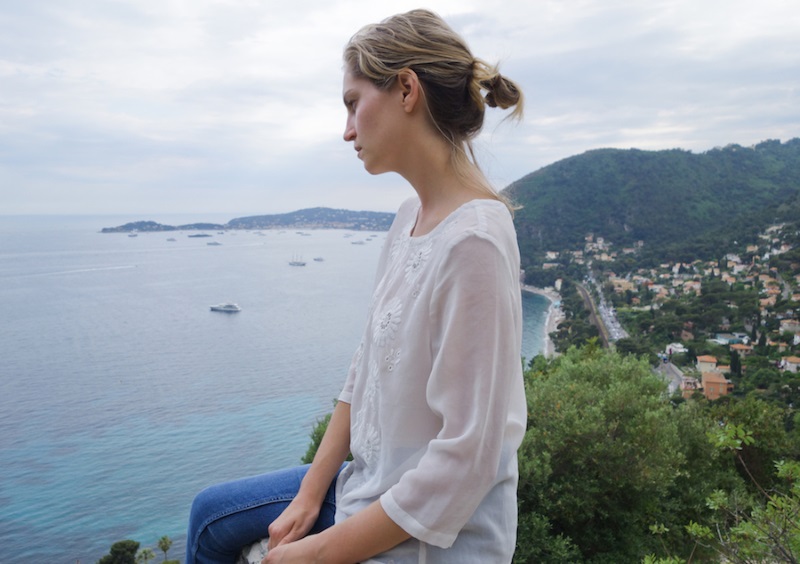
ScreenCraft: When did you first know that you wanted to become a writer and filmmaker?
Natasja Maria Fourie: Firstly, I see myself more as a filmmaker than a writer. The only reason I write is to go and actually shoot the film. The writing is the blueprint or the reference point but not the final product for me as an artist. It is the physicality and challenges of the production that really excite me. Then again, I do enjoy the ‘down time’ of writing and the challenges of creating something that sometimes seem so bizarre on paper.
My forte is adaptation, so I don’t feel completely comfortable with the term “writer”, as the original brainchild came from someone else. I take existing material that really speaks to me, that resonates with me, and then I try and rub as much of my own experiences into it. Of course adapting it for the screen has its own challenges and I completely emerge myself in the process.
I cannot remember a defining moment thinking now I want to be a filmmaker. As a child it seemed like a profession that was out of my reach — an industry that belonged to a different country, a different place.
I grew up in rural parts of South Africa. Our closest grocery store was a 40km drive away. There were only 15 pupils in my entire school. Television and cinema was censored because of political sanctions.
I had a very rich and colorful childhood and I certainly witnessed some brutal inhumanities and injustices in our turbulent country. I was born in 1986 at the height of apartheid. My father was a political playwright at the time; a master storyteller and he really used the medium to portray the injustices of the time and to give a voice to people that didn’t have a voice at the time.
A lot of the things I saw and often overheard from my parents as a young child have stuck with me. It has certainly had an influence on the writing and the kind of projects I am attracted to. Often with characters it is about imagining how another person feels and remembering how you felt in similar situations.
It was only in the late 90s and the early noughties — when we moved to the suburbs — that I was introduced to films by David Lynch, The Coen Brothers, and Paul Thomas Anderson and I started falling in love with the medium. I also loved the music videos of Spike Jonze, Chris Cunningham and Jonathan Glazer. It really attracted me to the medium even though it seemed so unattainable.
As a child I painted and I have always been drawn to the idea of creating images, of creating a different world. And I think what initially draw me to cinema was the power of being transported into a different world, the escapism element of it.
From there I organically progressed to photography and, eventually, filmmaking.
ScreenCraft: Did you go to film school?
Natasja Maria Fourie: No. Film school was never going to be an option for me due to the very expensive tuition fees. I understand why it is so expensive but it makes it completely inaccessible for so many talented aspiring filmmakers. Digital technology and the widespread use of cameras has certainly made it accessible for aspiring filmmakers.
I did contemplate going to film school as an adult when I was finally in a position to afford it, but I thought it would be wiser to spend that money making my own films.
ScreenCraft: You’re an excellent photographer as well. What similarities are there between photography and film, as far as telling a story?
Natasja Maria Fourie: Photography and film are very different mediums. Cinema for me is definitely the ultimate art form. It has many more challenges and is all-engaging. Perhaps image-making like cinema has a certain magical element to it — a world that can be created, a world full of mystery.
ScreenCraft: What was the ScreenCraft Short Film Fund process for you like as far as submitting and eventually learning that you won?
Natasja Maria Fourie: I have learnt quite early on that you should take every chance you get for your work to be seen and competitions can sometimes be a big break into the industry. I had an instinctive feeling that the screenplay would be appropriate considering the nature of the competition, although it is a quite risky screenplay. I mean it hardly has any dialogue.
We (Robyn Pete, my writing partner and Kate Verity Wilson, my producer, and myself) were pleased to learn that we got selected as a semifinalist for the production fund. I think they selected 100 semifinalists, but at the same time we realized that the chances of winning was very slim, only 1%, and I am sure that there must have been many other screenplays of exceptional quality.
I was out with my producer, Kate Verity Wilson, when I got a message from John Rhodes at ScreenCraft saying that he had a couple of questions regarding the project. At that stage I got very excited and found it difficult to control my level of expectations. Being a semifinalist is obviously a huge endorsement for a project, but doors really start opening when you are a grant recipient.
ScreenCraft: You’ve already directed a well-received short film, The Man with the Heavy Leg. Can you tell us a little bit more about that film?
Natasja Maria Fourie: Instead of going to film school I decided to use some money as seed funding and shoot a little film as a showcase piece to take my first step as a writer/director into the industry.
The Man with the Heavy Leg was shot on location in Cape Town, in collaboration with local production company Groundglass and the South African NFVF. Janette De Villiers in Groundglass really believed in my vision and the relevance of the story and made the whole thing happen.
It is a modern adaption of the inspiring short story Die Man met die Swaar Been, written by the notable author Jan Rabie. The film confronts themes of guilt and consequence; themes that I feel are as relevant today as when Rabie penned it.
It is an absurd tale, touching on a disturbing human trait, about two men: one desperate for help and one who fails to act. When a homeless and mysteriously ill war veteran falls down in a violent fit, a curious crowd gathers. But as the man desperately cries out for help, the crowd simply looks on, scared and uncertain. Ultimately the story is about guilt and consequence and the interplay of dynamics in a country where compassion is an expensive commodity.
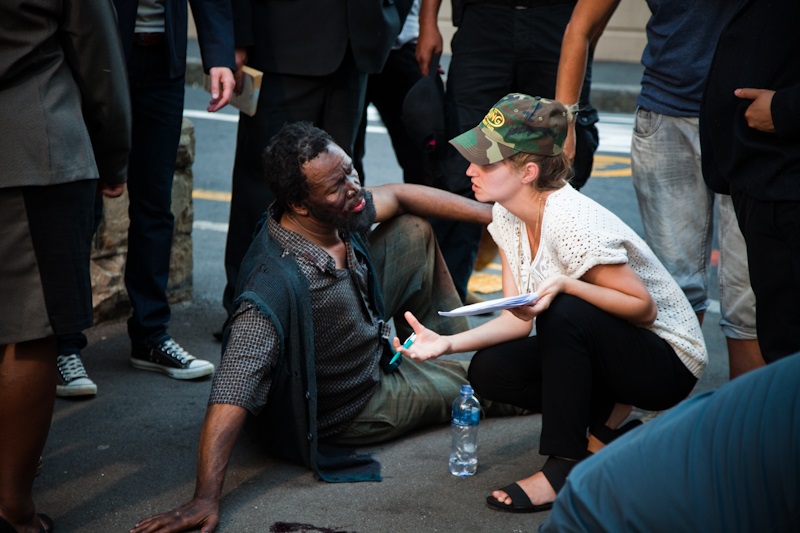
I undertook to adapt the screenplay myself and relished the challenge of bringing the story to screen in an honest, provocative and original way. The story is typically modernist, but instead of portraying the plight of the alienated post Second World War individual, I have focused on the similarly disaffected individuals in post Apartheid South Africa.
I feel very privileged to have worked with such a wonderful team on the film, including DOP Clive Sacke and Production Designer Andrew McCarthy.
Post Production was handled by Framestore’s Executive Producer David Hay. Framestore is renowned for extraordinary post-production and Oscar and BAFTA-winning finessed products.
The film premiered at the Cannes Short Film Corner in 2015 where it secured distribution with Shorts International. I met my producer, Kate Verity Wilson, through the Head of Acquisition at Shorts International. Kate is producing 13. Kate has a wealth of knowledge and experience and I feel very lucky to have met her and to work with her on this project. She trained as a producer at Jodie Foster’s Egg Pictures in LA and has worked with directors including Paul Thomas Anderson, Mike Leigh, Shirin Neshat, Iain Forsyth and Jane Pollard, Sarah Gavron.
So one thing really led to another.
ScreenCraft: How did the concept of your winning short script, 13, come about?
Natasja Maria Fourie: 13 is based on the short story Dertien by an acclaimed South African writer, André P. Brink.
I found one of my mother’s old short story bundles in her bookshelf and she had pencil marked this story on the index page as a student in 1973. I was intrigued by the marking and decided to read that story first, instead of reading the book back to front.
The title also intrigued me, as the number 13 has sinister connotations and bad luck associated with it, but in our case we have only had good luck so far.
I immediately resonated with the material. In the original story you get this sense that the main character is an outsider in a foreign or menacing city. I came to the UK in 2006 as a twenty-year-old who had never travelled abroad before. I hardly knew a soul here and I found the rat race quite depressing and the living conditions dire. I lived in a small apartment in a high-rise building on a rough council estate in London, which someone had illegally sublet, to myself and a few other people. An environment very similar to the protagonist’s world.
I worked long hours every day most days of the week and earned very little money — in fact just enough to survive. I think there is something about traveling underground everyday--especially in the winter and being exposed to very little daylight--that starts messing with your head. In the winter one can easily go to work before sunrise and travel back after sunset not having seen any daylight. It certainly messed with my mind and I used these experiences when I undertook the adaptation.
At the same time I discovered the short story, I read this article stating that London is the loneliness capital of Europe, with its inhabitants less likely overall to know their neighbors or have strong friendships than people anywhere else in the EU.
So I put two and two together. So with the adaptation, 13 centers on a London immigrant factory worker who falls further and further into a cycle of psychological trauma as he struggles to make any kind of connection with the world at large.
ScreenCraft: What has the process of working with ScreenCraft and BondIt been like?
Natasja Maria Fourie: It has been a very rewarding process on many levels. ScreenCraft has been exceptionally thorough in their consultancy with the project right from the start. Cameron Cubbison’s attention to detail and constructive feedback has been invaluable to the experience. I would highly recommend their services to any emerging screenwriter.
Bondit and Buffalo 8 has really sped the production side of things up by giving us this wonderful grant and Matthew Helderman at Buffalo 8 has also provided Kate and myself with hours and hours of production guidance and resources things that are really priceless.
It is an exciting project that we are collectively developing further.
ScreenCraft: How far along is the production of 13 now?
Natasja Maria Fourie: 13 is in preproduction. We have found some amazing locations including, the Goldfinger’s legendary Trellick Tower in London.
Our shoot dates are completely casting-dependent at this stage.
Finding the right actor is absolutely critical to my vision, and it is one area were I won’t compromise. The film essentially follows one character. There is almost no dialogue and everything, all that inner turmoil and frustrations, needs to be played with body language. It is essentially a one-hander and we need someone really compelling. The story touches on issues of immigration, isolation, loneliness and mental health, and we are keen to attach a lead actor with the capacity to bring humanity to a flawed, complex character.
ScreenCraft: You’re currently based in London. Do you have any aspirations to move to Hollywood for filmmaking?
Natasja Maria Fourie: It is certainly not something that I would ever rule out, but right now London is home and a lot of my work is based here. I have a feeling that my next project might take me that way for a few months, but my roots are here right now.
I think as a writer/director you can be based anywhere these days.
ScreenCraft: What are your filmmaking goals in the long term?
Natasja Maria Fourie: I’d like to tell stories that deal with a certain level of humanity — the human experiences that really connect you to something.
I feel really fortunate to be doing what I am doing and in the way that I am doing it. At this stage in my life I must be completely unemployable. I love the idea of creating these worlds that feel so unattainable and then making the film. I’d like to continue doing this and hopefully people can see my films in cinema at some stage.
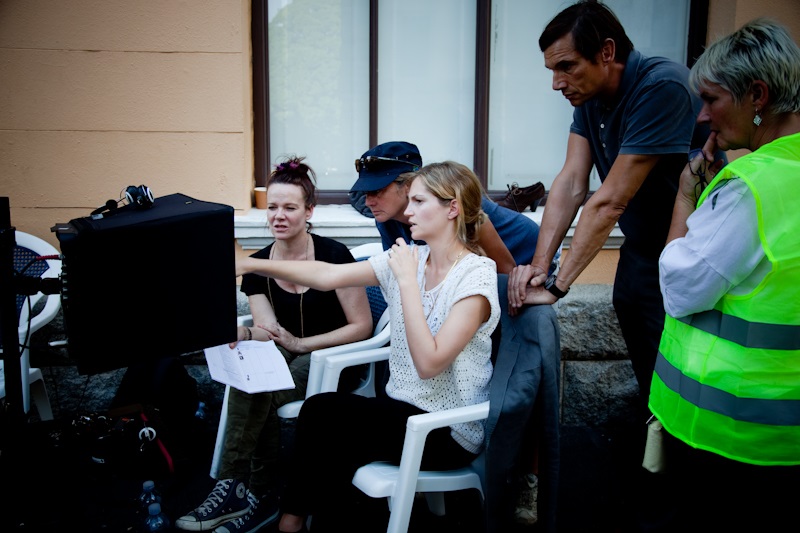
I guess long-term goals would be to strengthen my voice and aesthetic.
I think it is quite challenging to be a filmmaker. It is so difficult to get a break. It is also a huge commitment and huge investment of one’s time. You have to believe in this dream and then push through from start to finish, without getting discouraged. It is a process that can often take years to finesse a project. It is vital to stay focused, encouraged and to build endurance and long-term vision.
I feel with 13 we have built a poised and formidable creative team behind the project and I am very excited to go into the production.
ScreenCraft: What, if any, is your dream project?
Natasja Maria Fourie: I can only dream as far as my next project. I become so emerged in that world that I cannot really think beyond that. So I would have to say my next dream project would definitely be the feature that I am currently developing.
I don’t want to speak about it too much at this stage as it is still in early development, but it involves some pretty wild characters in bizarre and nerve-wracking scenes set against a badass rock-and-roll soundtrack.
ScreenCraft: Congratulations on being the recipient of the ScreenCraft Short Film Production Fund! Any advice to screenwriters and filmmakers out there hoping to see some success?
Natasja Maria Fourie: Believe in your voice and vision and stay focused. Try not to become too discouraged; projects can often take years to materialize but there is nothing more rewarding than when they do.
We'd like to thank Natasja for a wonderful interview and encourage all screenwriters and filmmakers to submit their short scripts and short film projects to the ScreenCraft Short Film Production Fund!
Tags
Get Our Screenwriting Newsletter!
Get weekly writing inspiration delivered to your inbox - including industry news, popular articles, and more!


